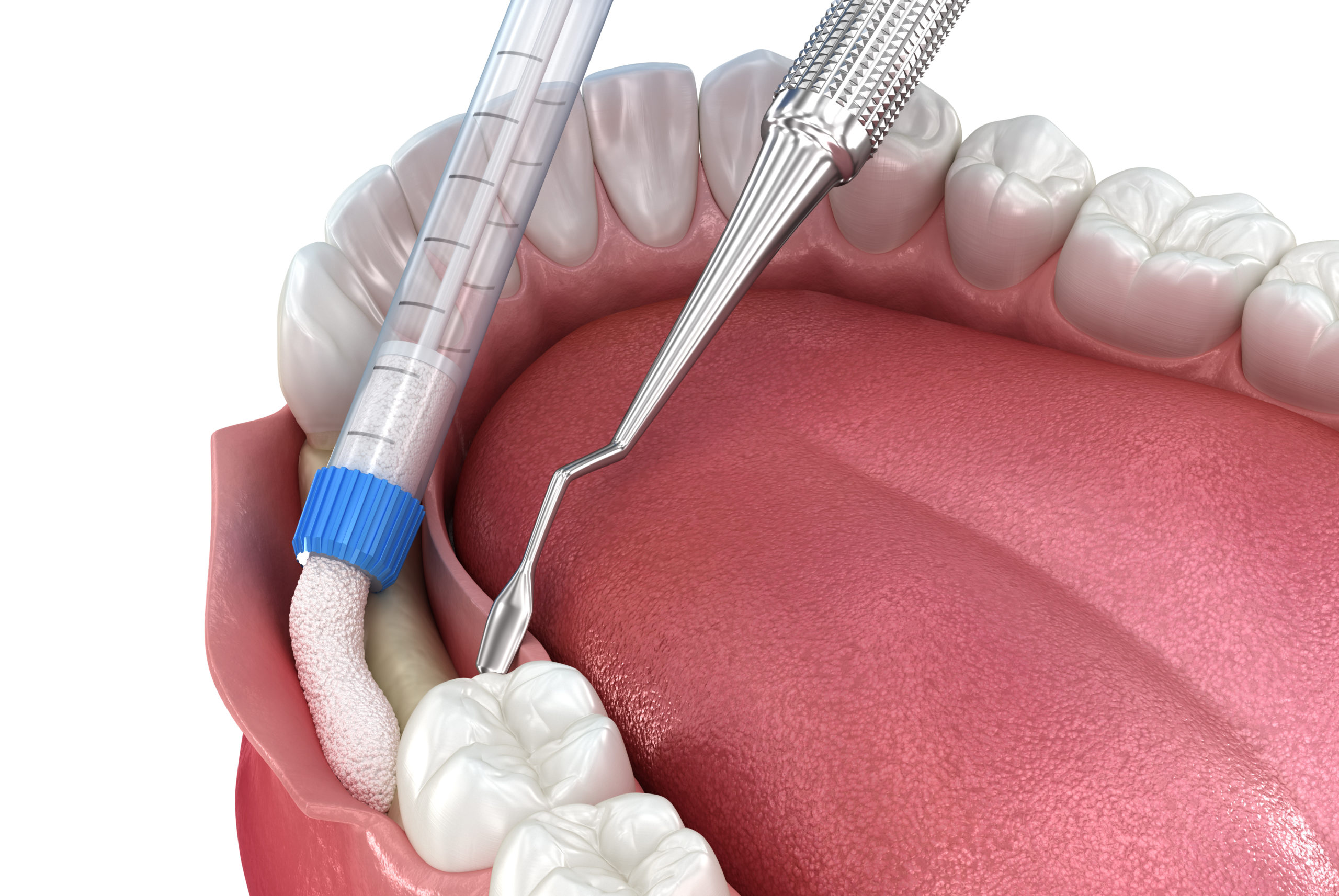Introduction: What Are Gum Grafts and How Can They Benefit You?
Have you ever wondered about the health and appearance of your gums? Your gums play a crucial role in maintaining overall oral health and aesthetics. They serve as a protective barrier, supporting and securing your teeth. However, gum disease, poor oral hygiene, genetics, and hormonal changes can lead to gum recession, where the gumline gradually moves away from the teeth, exposing the roots. This can cause various issues, including tooth sensitivity, increased risk of tooth decay, and an uneven or unattractive gumline.
If you have receding gums or are concerned about the appearance of your gum line, you may have heard of a procedure called gum grafting. Gum grafting is a surgical technique dental professionals perform to restore the lost gum tissue and address the problems associated with gum recession. In this blog post, we will delve into the world of gum grafts, exploring what they are, how they are performed, and the benefits they can bring to your oral health and smile.
Gum grafts, or gingival grafts, involve taking tissue from a donor source and grafting it onto the affected area, either covering the exposed root surfaces or augmenting the existing gum tissue. The donor tissue can be obtained from various sources, including the roof of your mouth (palate), adjacent gums, or a tissue bank. The graft serves as a protective barrier, helping to rebuild the gumline and create a stronger foundation for your teeth.
So, how can gum grafts benefit you? First and foremost, gum grafts play a vital role in improving gum health. The grafts protect the exposed tooth roots from further damage and potential infection by covering the exposed tooth roots. This helps to reduce tooth sensitivity and minimizes the risk of root decay, ultimately promoting better oral health.
Furthermore, gum grafting offers aesthetic benefits. Receding gums can significantly impact the appearance of your smile, making your teeth appear longer and creating an uneven gumline. This can affect your self-confidence and willingness to smile freely. Gum grafting can address these aesthetic concerns by restoring a more natural and symmetrical gumline, improving your smile’s overall harmony and attractiveness.
What Is a Gum Graft?
Gum grafting, also known as periodontal plastic surgery, is a dental procedure that aims to restore gum tissue that has been lost or receded. It involves taking gum tissue from one area of the mouth, the donor site, and grafting it onto the affected area, known as the recipient site. This procedure helps to rebuild and strengthen the gumline, improving both function and aesthetics.
Why Do Gums Recede?
Before we delve into the details of the gum grafting procedure, let’s understand why gums can recede in the first place. Several factors can contribute to gum recession, including:
- Periodontal disease: Advanced gum disease can cause the gums to recede, leading to exposure of the tooth roots and potential tooth loss if left untreated.
- Poor oral hygiene: Inadequate oral care, such as improper brushing or flossing techniques, can contribute to gum recession.
- Genetic predisposition: Some individuals may be more prone to gum recession due to their genetic makeup.
- Hormonal changes: Hormonal fluctuations, such as those experienced during pregnancy or menopause, can affect gum health and contribute to gum recession.
The Gum Grafting Procedure Explained
Now that we better understand gum recession let’s explore how gum grafts are performed. The gum grafting procedure generally involves the following steps:
- Consultation and evaluation: Your dentist will examine your gums and oral health to determine if you are a suitable candidate for gum grafting. They will discuss the procedure, potential risks, and expected outcomes with you.
- Anesthesia: Local anesthesia will ensure your comfort during the procedure.
- Donor tissue selection: Your dentist will choose the most suitable donor site, the roof of your mouth (palate), or another area with healthy gum tissue.
- Tissue grafting: The selected donor tissue is carefully removed and then attached to the recipient site using sutures or surgical adhesive. The graft acts as a framework, encouraging the growth of new gum tissue.
- Post-operative care: After the procedure, your dentist will provide detailed instructions on how to care for the surgical site, including proper oral hygiene practices and recommendations for a soft food diet during the healing period.
Benefits of Gum Grafting
Gum grafting offers several benefits for individuals with gum recession or aesthetic concerns. Let’s explore some of these benefits:
- Improved gum health: Gum grafts help to restore gum tissue, protecting the tooth roots from exposure and reducing the risk of tooth sensitivity and decay.
- Enhanced aesthetics: Receding gums can negatively impact the appearance of your smile. Gum grafts can restore a more harmonious gumline, improving the overall esthetics of your teeth and smile.
- Increased self-confidence: Restoring a healthy gumline can boost your self-confidence, allowing you to smile and speak easily, free from concerns about gum recession.
Conclusion
Gum grafting is a valuable procedure that effectively addresses gum recession and its associated concerns. By restoring gum tissue, this procedure enhances both oral health and the appearance of your smile. If you are considering gum grafts or have concerns about gum health, we encourage you to consult the experienced team at Peninsula Center of Cosmetic Dentistry. Dr. Joseph Field and his dedicated staff specialize in comprehensive dental care, including gum grafting, to help you achieve optimal oral health and a beautiful smile.
Take the first step towards healthier gums and a more confident smile by visiting Peninsula Center of Cosmetic Dentistry . Schedule a consultation to learn more about gum grafts and discover how they can benefit you.















